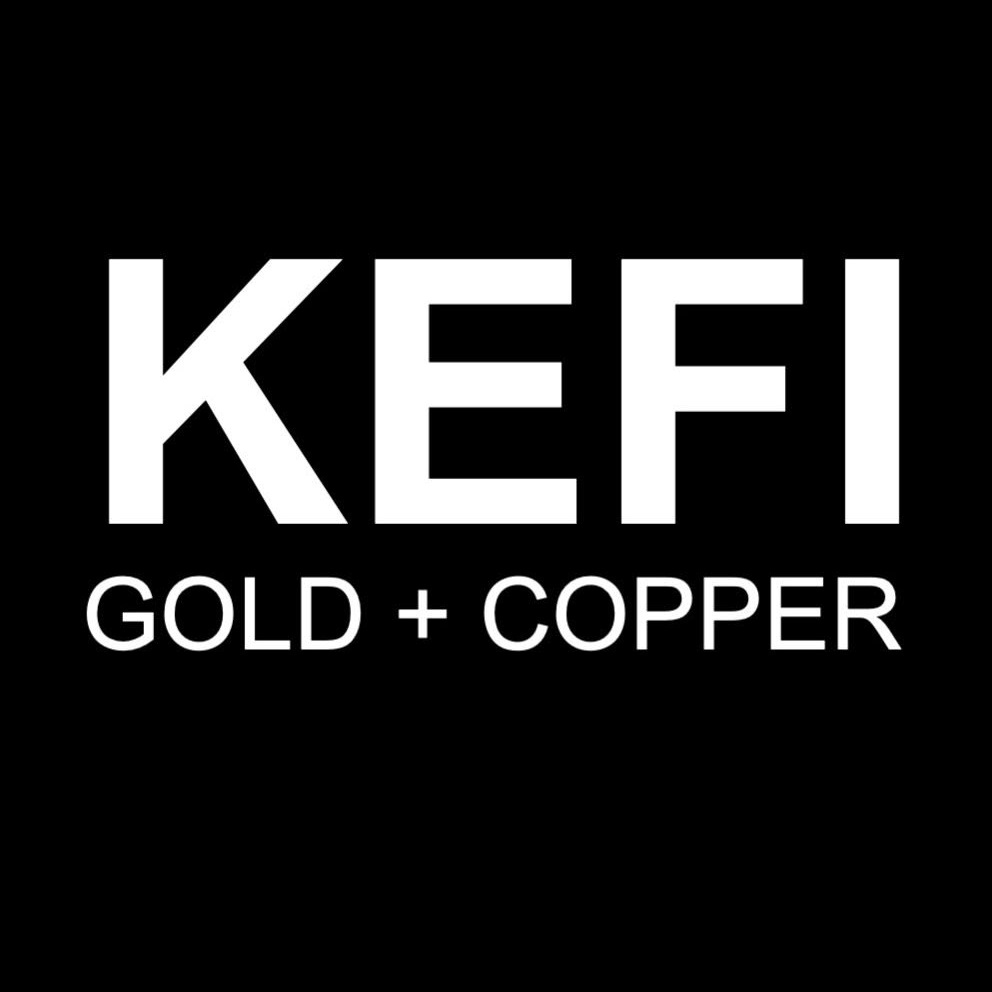Gold and silver have recently experienced significant gains as global fears continue to rise. Increasing uncertainty around conflicts in the Middle East, the upcoming US presidential election, and central banks easing monetary policies have led to a surge in demand for safe-haven investments. Many analysts are forecasting that the price of gold will continue its upward trajectory as these factors persist.
Gold’s performance has been notably influenced by the actions of major central banks, particularly the US Federal Reserve. On Monday, the People’s Bank of China (PBOC) made a surprising move by cutting its benchmark mortgage rates beyond what many had anticipated. This decision was aimed at stimulating China’s slowing economy but also had a ripple effect on commodity markets, including precious metals like gold and silver. As a result, gold prices rose 0.32% to reach $2,730 per ounce, while gold futures on the Comex increased by 0.59% to $2,746 per ounce, marking the fourth consecutive day of record highs. Silver also saw a sharp increase, climbing 3.12% to $34.30 per ounce.
China’s recent decision to lower its key lending rates to record lows has been a significant part of its efforts to revitalise its economy. The PBOC reduced its 1-year Loan Prime Rate (LPR) to 3.10% and its 5-year LPR to 3.60%, marking deeper cuts than many had predicted. These changes are part of broader stimulus measures implemented over the past month. The unexpected depth of the cuts has contributed to rising metal prices, with gold and silver both seeing an upward trend since the announcement.
Interestingly, the prices of precious metals, typically unresponsive to China’s monetary policy, have reacted more strongly this time. This could suggest that investors are increasingly reacting to any central bank decisions to cut rates, especially when these cuts occur during times of geopolitical or economic uncertainty. The reduction in interest rates lowers the cost of investing in safe-haven assets like gold, encouraging further investment in these metals.
Central banks around the world have also been making similar moves. The European Central Bank (ECB) recently enacted its third rate cut of the year, while the US Federal Reserve implemented a major rate reduction in September. These actions have further boosted demand for gold as a safe investment, with silver following suit, albeit with more volatility.
Tensions in the Middle East have added to the ongoing concerns in the financial markets. Israel’s Prime Minister, Benjamin Netanyahu, is reportedly engaging with top security officials after an explosive drone attack by Hezbollah near his residence. Investors are closely watching the situation for signs of further conflict, which could drive demand for safe-haven assets like gold even higher.
The upcoming US presidential election, set for 5 November, has also introduced additional uncertainty into the markets. Current polls suggest a close race between Donald Trump and Kamala Harris. According to Kelvin Wong, a senior market analyst at Oanda, the increasing odds of a Trump victory are indirectly supporting gold’s rise. Wong pointed out that Trump’s proposed corporate tax cuts could widen the US federal deficit, potentially undermining confidence in US government bonds and boosting demand for gold.
London-listed company KEFI Gold and Copper plc (LON:KEFI) is an exploration and development company focused on gold and copper deposits in the highly prospective Arabian-Nubian Shield. The Company operates in Ethiopia and Saudi Arabia with projects including Tulu Kapi project, Jibal Qutman EL and Hawiah.


